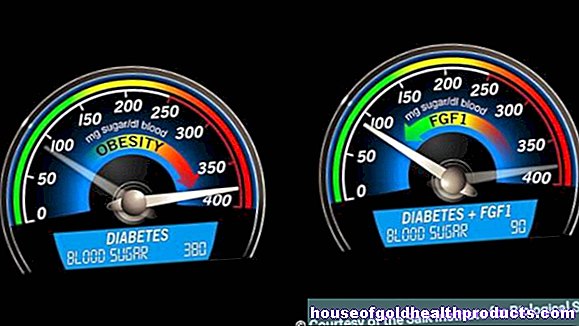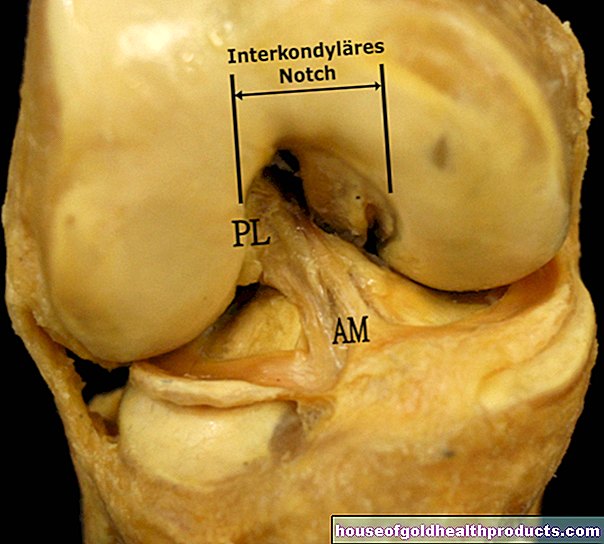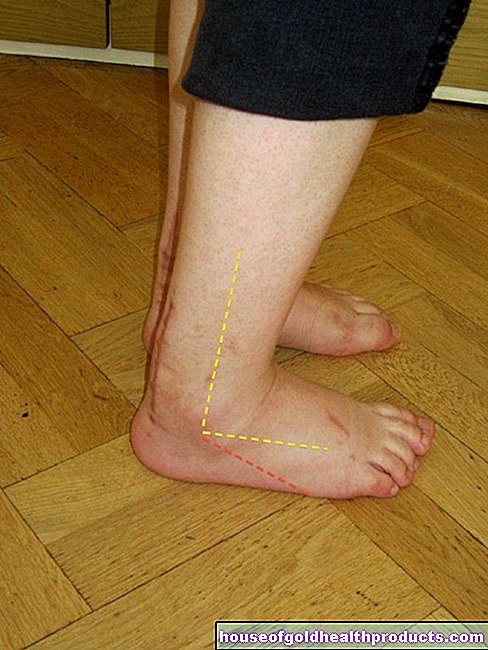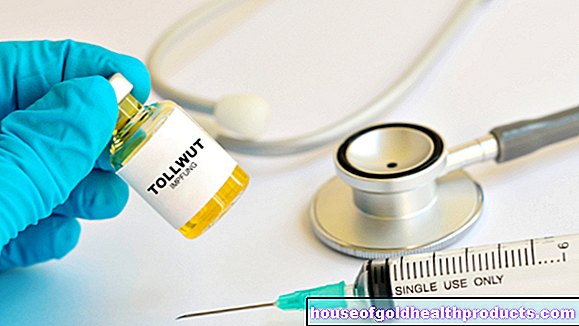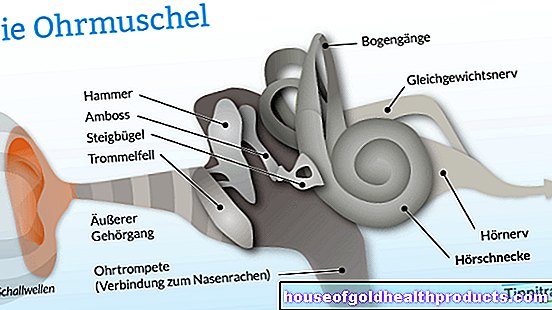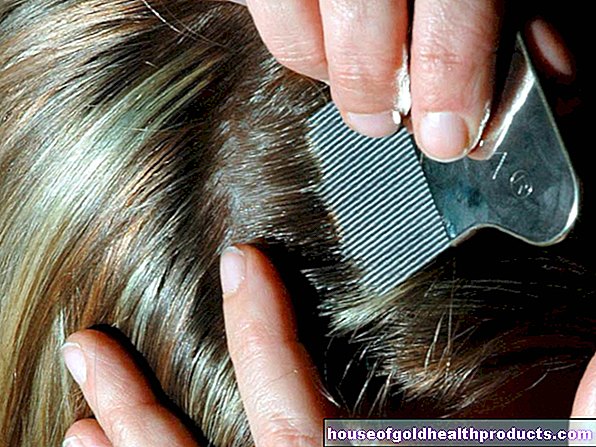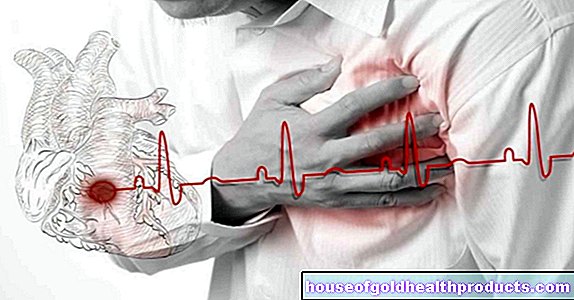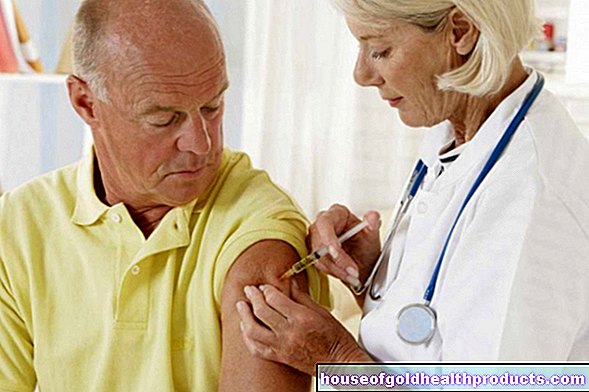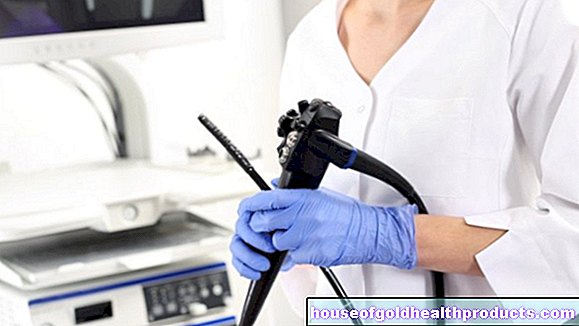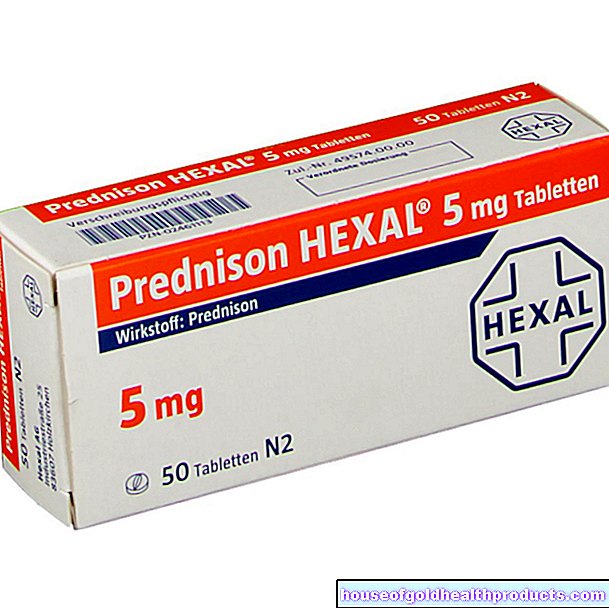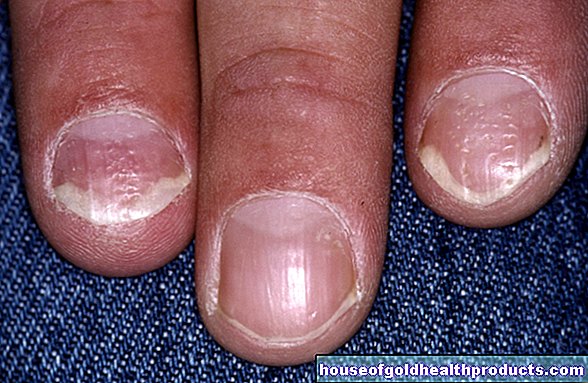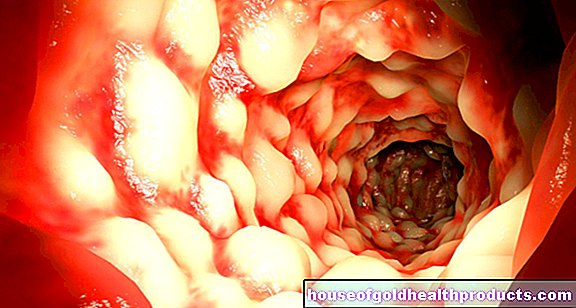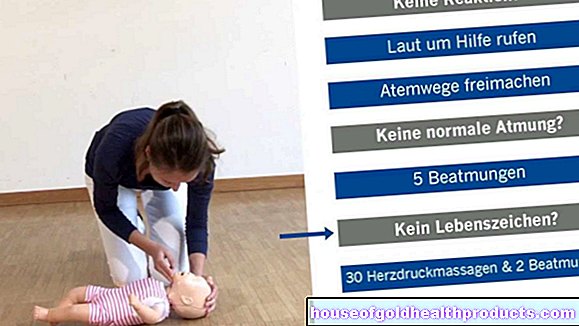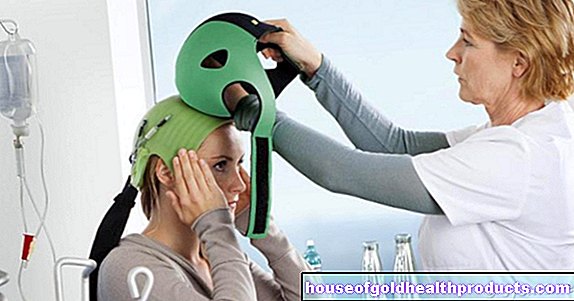Body plethysmography
Updated on All content is checked by medical journalists.Body plethysmography (also: whole body plethysmography) is a test procedure for checking lung function.In contrast to spirometry, it is largely independent of the patient's cooperation, which is why it is suitable for children, for example. Read here how the body plethysmography works and which lung function values the doctor can measure.
How does the body plethysmography work?
In body plethysmography, the patient sits in a closed, airtight cabin, about the size of a telephone booth. He breathes through a mouthpiece into a measuring device located outside the cabin. The pressure in the lungs changes as a result of the breathing movements. From this, among other things, the pressure in the alveolar sacs (alveolar pressure) can be calculated. A computer can calculate additional values from the various measured parameters and display them in a diagram.
An important advantage of whole-body plethysmopraphy over spirometry - another important variant of pulmonary function test - is that it also provides reliable results for those patients who are less able to cooperate (such as children). Because the measurement results do not depend on the air flow in the measuring apparatus.
In addition, body plethysmography can also be used to calculate the lung volumes that the patient does not actively use during breathing, for example the residual air remaining in the airways after normal exhalation (functional residual capacity).
Determination of the diffusion capacity
In addition, the doctor can often use body plethysmography equipment to determine the so-called diffusion capacity of the lungs. This is understood to be the ability of the lungs to absorb or release oxygen.
The patient receives a specially composed test air that contains a small amount of carbon monoxide (CO). The patient inhales the CO through the test air and it enters the blood through the lungs. There it binds - like oxygen - to the red blood pigment hemoglobin in the red blood cells (erythrocytes).
The measurement is usually carried out using the so-called single breath method: the patient inhales the test air as deeply as possible. Then he holds his breath for a few seconds before exhaling.
The amount of carbon monoxide absorbed can now be easily calculated from the amount of CO remaining in the exhaled air. From this the doctor concludes that the body can absorb oxygen. Diseases in which the gas exchange capacity of the lungs is reduced are, for example, pulmonary fibrosis and anemia.
The test air with carbon monoxide can also be mixed with helium. Then the doctor can also determine the residual volume.
Body plethysmography: evaluation
Following the body plethysmography, the patient is allowed to leave the test booth and the doctor evaluates the results using the diagram created. The diagrams are also known as breathing loops because of their shape. Some diseases (such as COPD) show very characteristic forms of the breathing loop, which the doctor explains to the patient.
Depending on the diagnosis, after the body plethysmography, the doctor will also discuss the therapy options and the significance of the disease for the patient.
Tags: home remedies prevention palliative medicine
